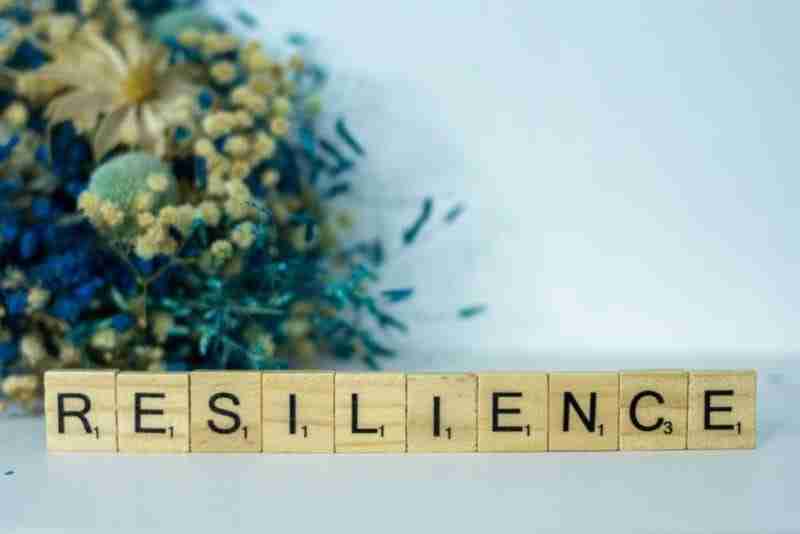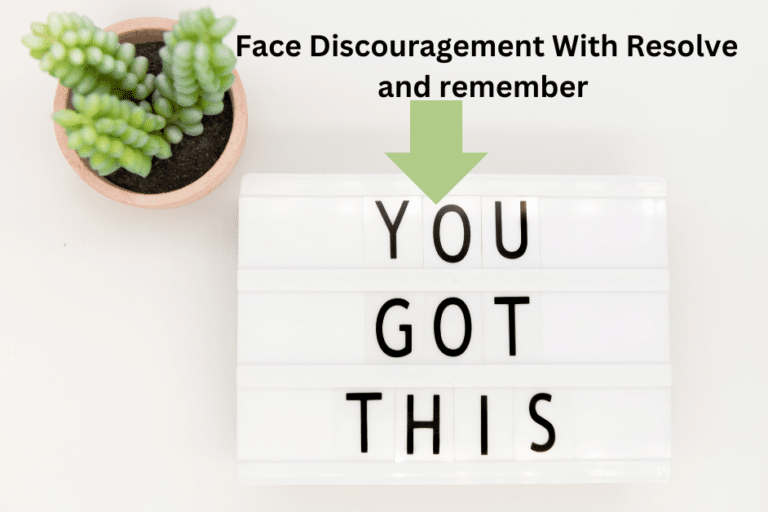Resilience-5 Strategies to Thrive in Adversity

Resilience-5 Strategies to Thrive in Adversity
If you are reading this, you already know that resilience is the key to thriving in the face of adversity. As we often talk about in our Life Subjects- we all face adversity. It is a part of life, however, standing up to those adversities is key to surviving those life things that often grip our strength. Don’t worry, you can become more resilient, and land on your feet, every time.
Whether you are facing personal challenges or larger global crises, your ability to bounce back and adapt can make all the difference. You have options to build your strengths to greater lengths… you’ve got this!
Building Resilience is a Journey – a part of the Journey To Self-Discovery
Building resilience is a journey that lingers for a lifetime, and it requires intentional strategies to strengthen our mental and emotional well-being. Today, we start with exploring five powerful strategies that can help you build your resilience and navigate the ups and downs of life with grace and strength.
First, we want to point out the importance of building and strengthening a growth mindset. By adopting a belief that challenges are opportunities for growth, we can reframe setbacks as stepping stones toward success. We will discuss the significance of building a strong support network. Surrounding ourselves with positive and uplifting individuals can provide the encouragement and guidance needed during tough times.
Additionally, we will explore the power of self-care and stress management techniques. Prioritizing our physical and mental health allows us to recharge and face challenges head-on. We also need to emphasize and remind you of the benefits of embracing change and flexibility. By being adaptable, we can navigate unexpected situations with resilience and grace.
This journey is what all humans need for strategies to build resilience and discover how to thrive in the face of adversity.
Understanding Resilience
Resilience is the ability to cope with and recover from setbacks. It is the mental and emotional fortitude that allows people to remain calm in the face of disaster and emerge stronger than before 1.
Resilient people have strong coping skills and are able to marshal their available resources, ask for help when needed, and find ways to manage the situation they are facing 1. They are able to use their skills and strengths to respond to life’s challenges, which can include those related to the death of a loved one, divorce, financial issues, illness, job loss, medical emergencies, natural disasters, and more 1.
People who have the ability to bounce back quickly do not experience less distress, grief, or anxiety than other people do. Instead, they use healthy coping skills to handle such difficulties in ways that foster strength and growth 1. Some of the signs of resilience include a survivor mentality, effective emotional regulation, feeling in control, problem-solving skills, self-compassion, and social support 12.
As we have already mentioned, resilience is the ability to adapt and bounce back from adversity, trauma, or stress. It is not about avoiding difficult situations, but rather about facing them head-on and emerging stronger than before. Resilience is not an innate trait; it can be developed and strengthened over time. It is a skill that can be honed through intentional practices and strategies.
Strategies For Building Resilience
The ability to bounce back effectively is not just a psychological concept; it has a basis in neuroscience as well. Research has shown that our brains have the ability to rewire themselves and adapt to new situations, a phenomenon known as neuroplasticity.
This means that with intentional practice, we can train our brains to become more resilient and better equipped to handle challenges. By understanding the science behind resilience, we can approach our journey of building resilience with a sense of purpose and confidence.
1. Cultivating a Positive Mindset
One of the most powerful strategies for building a strong persona for bouncing back when adversity hits is cultivating a positive mindset. A positive mindset allows us to reframe setbacks and challenges as opportunities for growth, learning, and renewal.
Instead of succumbing to negativity and self-doubt, we can choose to see obstacles as stepping stones towards success. By adopting a growth mindset, we can overcome the challenges of life with grace and durability.
2. Developing a Strong Support System
Another essential strategy for building resilience is developing a strong support system. Surrounding ourselves with positive and uplifting individuals can provide the encouragement and guidance needed during tough times.
A strong support system can offer a listening ear, practical advice, and emotional support, helping us navigate challenges by being strongly made. Building and nurturing relationships with friends, family, mentors, and support groups can significantly contribute to our overall well-being and the ability to withstand life things.
3. Practicing Self-Care and Stress Management
Taking care of our physical and mental health is crucial for building a strong resistance to defeat. Implementing self-care and stress management techniques allows us to recharge and face challenges head-on.
This can include activities such as exercise, meditation, journaling, engaging in hobbies, and seeking professional help when needed. By prioritizing our well-being, we can better cope with adversity and maintain resilience in the face of challenges.
•.Start by incorporating regular exercise into your routine. Physical activity releases endorphins, improves mood, and reduces stress levels. Find an activity you enjoy, whether it’s walking, yoga, dancing, or weightlifting, and make it a non-negotiable part of your schedule.
• Alongside exercise, prioritize adequate sleep and rest. Lack of sleep can negatively impact our mood, cognitive abilities, and overall well-being. Make sleep a priority by establishing a consistent sleep schedule, creating a relaxing bedtime routine, and creating a sleep-friendly environment.
• In addition to physical self-care, prioritize activities that bring you joy and relaxation. Engage in hobbies, spend time in nature, practice mindfulness or meditation, or indulge in a good book or a favorite TV show. Remember, self-care is not selfish; it’s necessary for maintaining resilience and overall well-being.
4. Embracing Change and Adaptability
Change is inevitable, and by embracing it, we can build resilience. Being adaptable allows us to navigate unexpected situations with resilience and grace. Instead of resisting change, we can learn to embrace it as an opportunity for growth and personal development. By cultivating a mindset of flexibility and adaptability, we can navigate the ups and downs of life with resilience and grace.
• Start by reframing your perspective on change. Instead of fearing it, consider it as an opportunity for growth and self-discovery. Embrace the idea that change can lead to new experiences, opportunities, and personal development.
• Cultivate a sense of flexibility and openness. This means being willing to adapt your plans, expectations, and goals when necessary. Be open to new ideas, feedback, and different ways of doing things. Remember, rigidity can hinder resilience, while flexibility allows for growth and adaptation.
• Lastly, practice embracing discomfort and uncertainty. It’s natural to feel uneasy when faced with change, but by leaning into discomfort, we develop the resilience needed to navigate challenging situations. Push yourself out of your comfort zone, take calculated risks, and trust in your ability to adapt and thrive
5. Learning from Failure and Setbacks
Failure and setbacks are inevitable in life, but they can also be powerful teachers. By embracing failure as an opportunity to learn and grow, we can build our durability. Instead of letting failure define us, we can choose to see it as a stepping stone towards success.
By reflecting on our experiences, identifying lessons learned, and making necessary adjustments, we can bounce back stronger and more resilient than before.
After Thoughts- Thriving in the Face of Adversity
Adversity in life is a part of life we would love to avoid, but the lessons are valuable and can contribute to our growth and strength of character. Instead of viewing them as roadblocks, see them as stepping stones towards success. Learning requires a mindset that reframes setbacks as opportunities for growth and improvement.
Remember These Important Strategies:
Start by embracing a growth mindset. Believe that failure is not a reflection of your worth or abilities, but rather a chance to learn, adapt, and become better. Embrace the idea that setbacks are temporary, and success is achieved through perseverance and learning from mistakes.
Reflect on past failures and setbacks. Identify the lessons learned and the skills gained from those experiences. Use this knowledge to develop strategies and approaches that will help you navigate future challenges more effectively.
Seek feedback and support from others. Sometimes, an outside perspective can provide valuable insights and help you identify blind spots or areas for improvement. Surround yourself with individuals who are honest and constructive in their feedback, and be open to their suggestions.
Never give up your efforts to obtain a life that is fluent in strength and courage. This is not just for the young at heart. This is for anyone who has a desire to proceed in life and build their strength in their journey.






